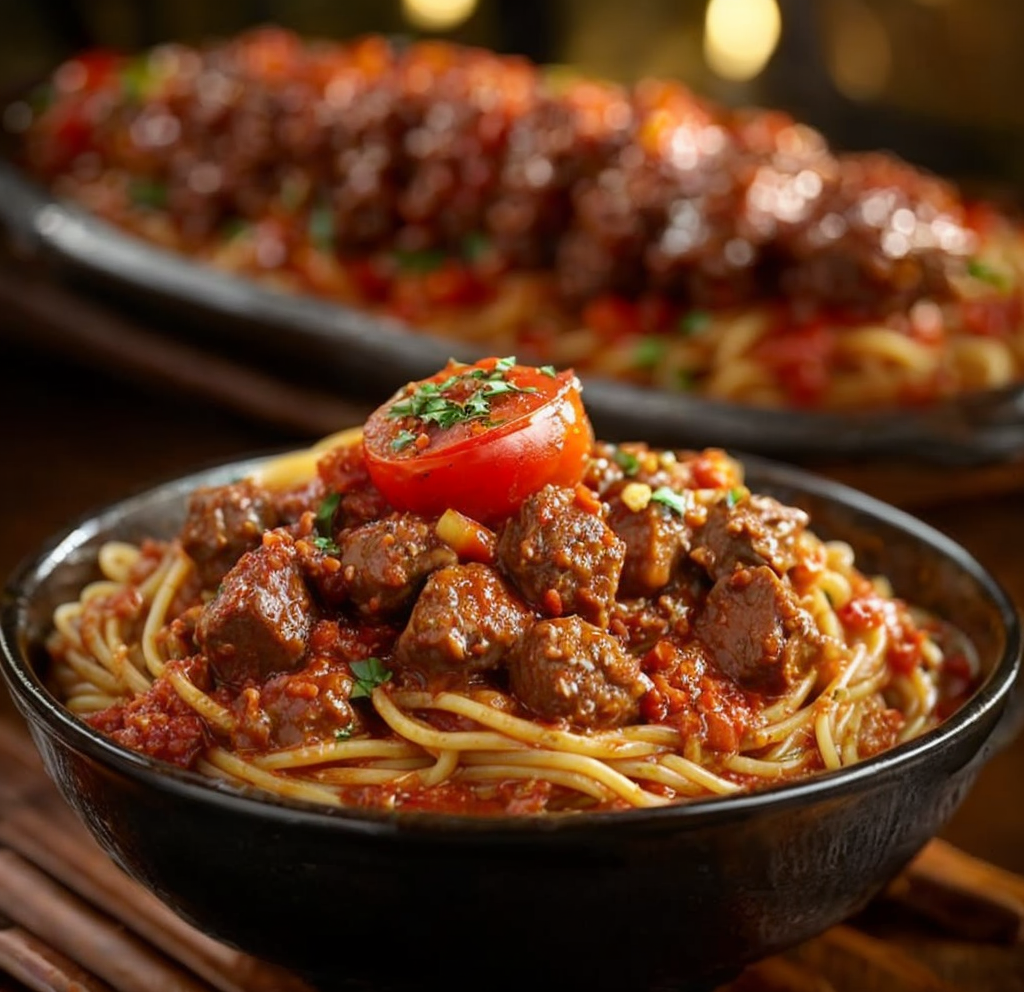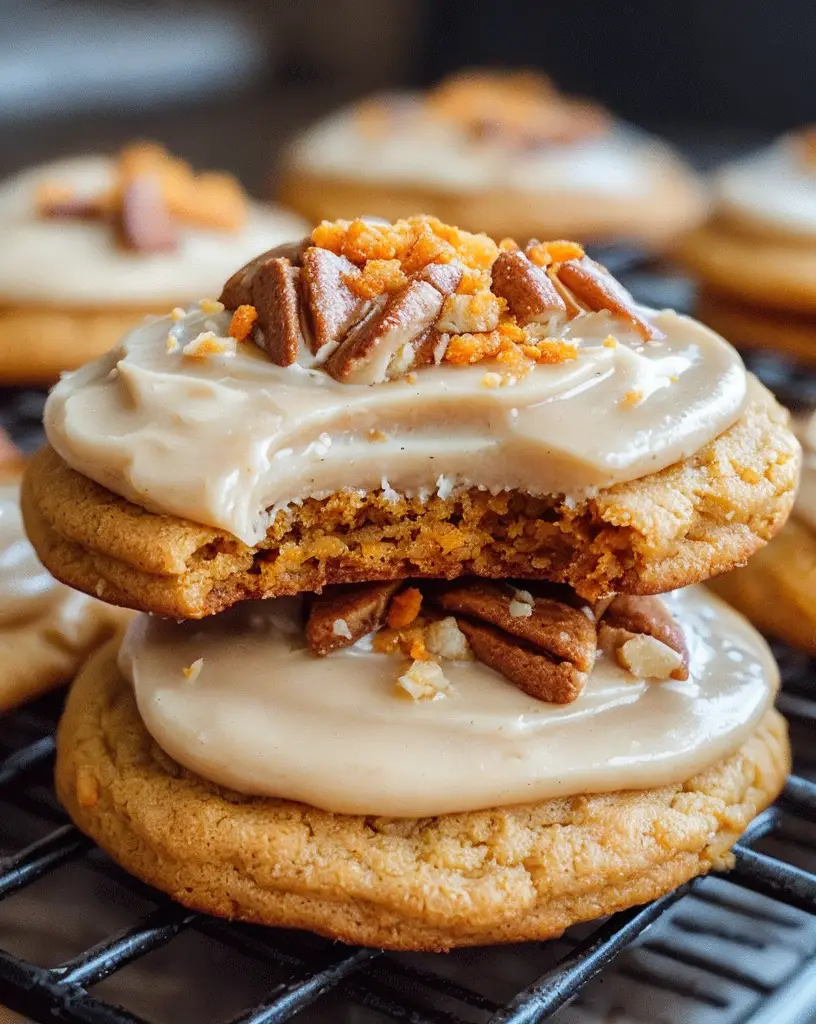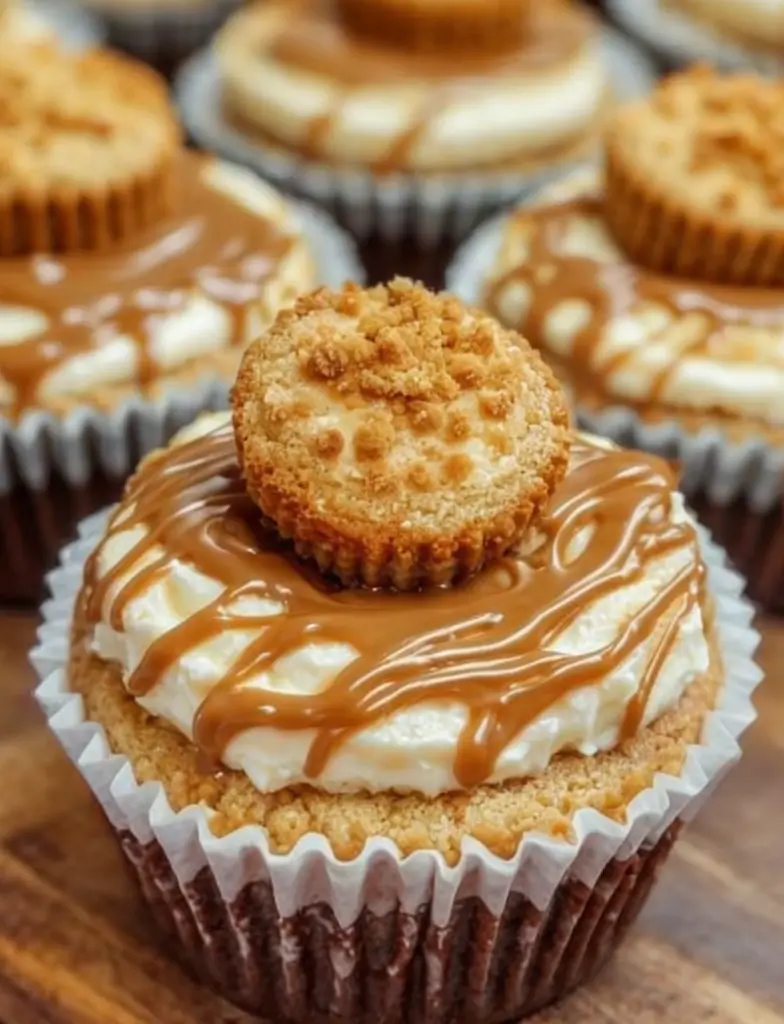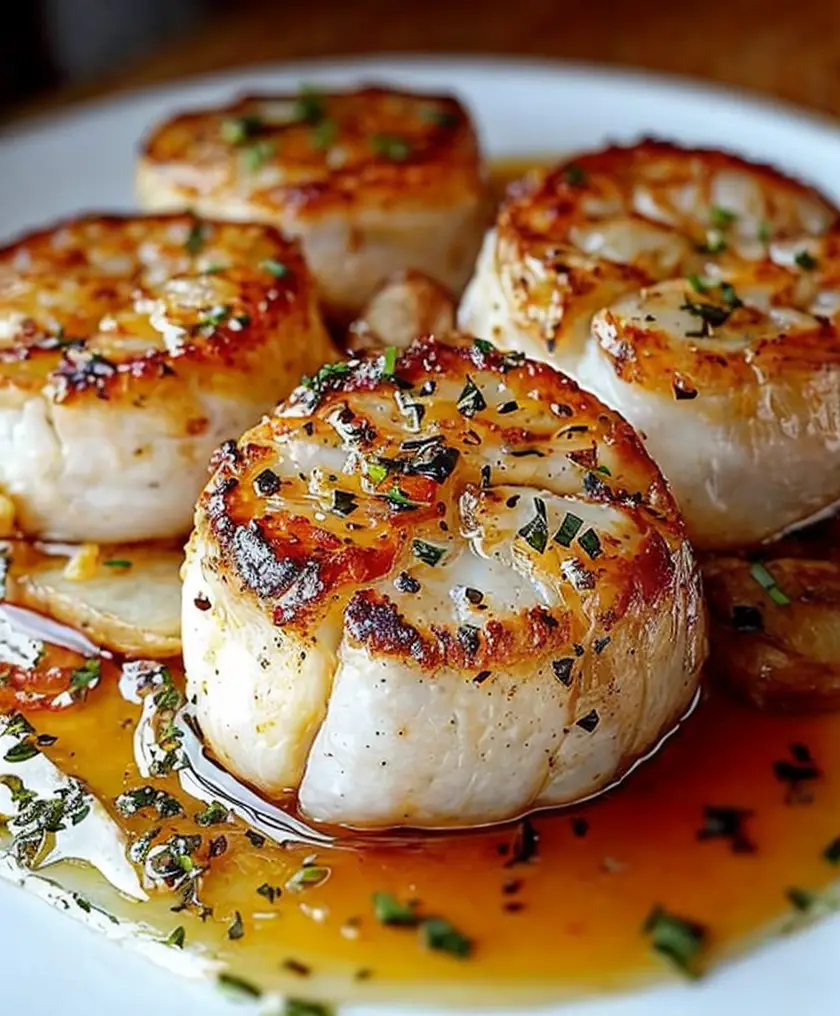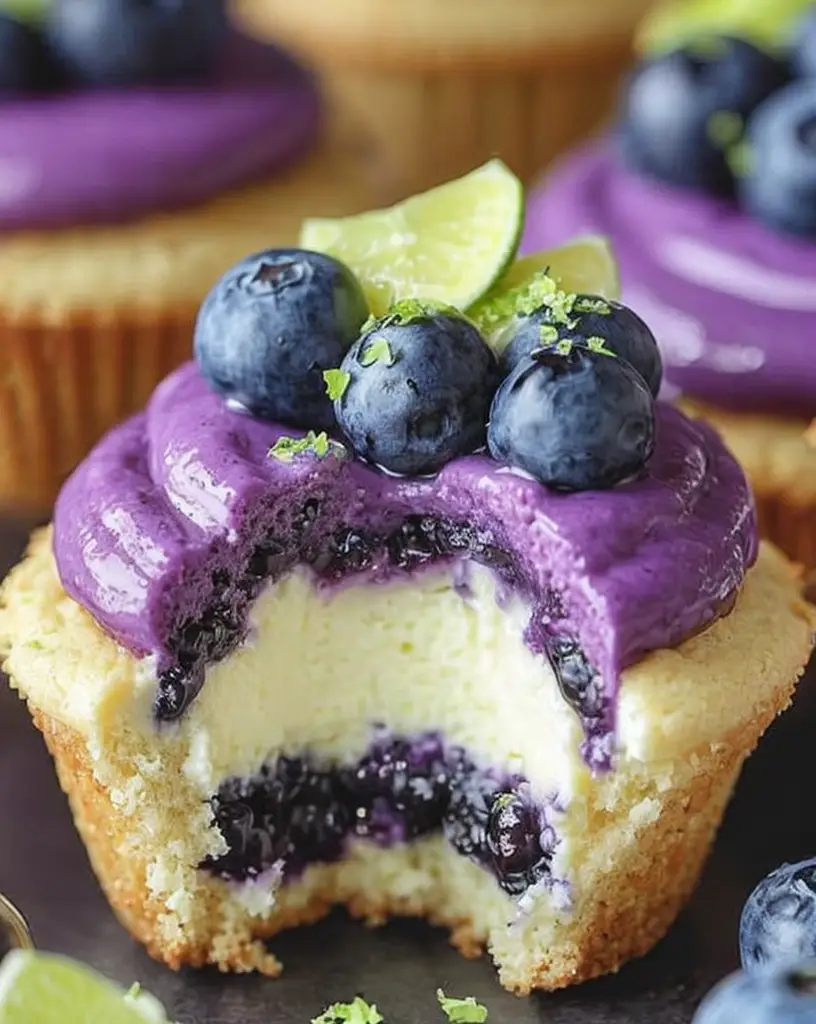Spaghetti with Braised Beef and Tomato Sauce: A Hearty Italian Dish
Indulging in a plate of Spaghetti with Braised Beef and Tomato Sauce is like embarking on a comforting culinary journey to the heart of Italy. The braised beef, simmered to tender perfection, melds beautifully with a richly flavored tomato sauce creating a dish that’s both hearty and satisfying. As the flavors deepen during the cooking process, anticipation builds, promising a delightful experience with every bite. Imagine twirling your fork around perfectly al dente spaghetti, each strand blanketed in a luscious sauce – it’s a meal that evokes warmth and happiness, reminiscent of family gatherings and cozy dinners at home.
The balance of the savory beef and sweet, tangy tomatoes creates a flavor profile that dances on the palate. Aromatic herbs and garlic enhance the sauce, making every mouthful a delightful adventure. The dish is not only a feast for the taste buds but also a visual delight, with vibrant accents of red sauce coated on perfectly cooked spaghetti – a classic presentation that invites everyone to gather around the table. This recipe is not just about filling your stomach; it’s a heartfelt dish designed to nourish the soul.
Quick Recipe Highlights
- Flavor Profile: Rich, savory beef paired with tangy tomato and aromatic herbs creates a masterful balance.
- Texture: Tender braised beef complements the al dente spaghetti, offering a satisfying contrast.
- Aroma: The fragrance of slowly simmering tomatoes and herbs fills the kitchen, inviting everyone in.
- Visual Appeal: The vibrant red sauce over golden spaghetti looks absolutely mouthwatering on the plate.
- Skill Level Needed: A moderate skill level is required, mainly for braising and sauce preparation.
- Special Equipment: A heavy-bottomed pot or Dutch oven is essential for even cooking.
Recipe Overview
- Difficulty Level: With some intermediate techniques involved, this recipe is perfect for those looking to enhance their cooking skills.
- Category: This dish falls into the category of comfort food, making it ideal for family dinners and gatherings.
- Cuisine: Rooted in Italian culinary tradition, this dish showcases the rich flavors and rustic ingredients of the region.
- Cost: The ingredients are generally affordable, making this a cost-effective meal for families.
- Season: This dish shines in the colder months when hearty meals are particularly comforting.
- Occasion: Ideal for family gatherings, holiday feasts, or any time you want to impress your guests.
Why You’ll Love This Recipe
The deep, rich flavor and luscious texture of this Spaghetti with Braised Beef and Tomato Sauce make it an unforgettable dish. The combination of tender beef, fresh herbs, and a tangy tomato base creates a symphony of flavors that is truly satisfying. As it cooks slowly, the beef absorbs all the wonderful spices, melding perfectly with the sauce. This is comfort food at its best, perfect for a cozy evening or family gathering.
Preparing this recipe offers great convenience; you can make it ahead of time, allowing the flavors to develop even further. This dish is perfect for meal prepping, and leftovers taste even better the next day. Simply reheat and enjoy, making it an excellent option for busy weeknights when you want something homemade yet easy.
From a nutritional standpoint, this dish is both filling and nourishing. The braised beef provides high-quality protein, while the tomatoes offer essential vitamins, minerals, and antioxidants. Pairing this meal with a fresh salad boosts nutritional value and adds a refreshing crunch that complements the hearty pasta.
Social occasions are elevated with this amazing dish that sparks conversation and brings people together. Whether it’s a Sunday family dinner or a casual get-together with friends, Spaghetti with Braised Beef is sure to impress and evoke smiles and laughter around the table.
Cost-effectiveness is another strong point; this dish uses affordable ingredients that offer a lot of flavors. It’s an accessible recipe perfect for anyone looking to create a delicious, warm, and hearty meal on a budget, ensuring no one walks away hungry.
Historical Background and Cultural Significance
The origins of Spaghetti with Braised Beef and Tomato Sauce are deeply rooted in Italy’s rich culinary heritage. Traditionally, pasta has been a staple food in Italian households, believed to date back to the 12th century. The combination of pasta with a hearty sauce reflects the Italian ethos of using local, seasonal ingredients to create nourishing and flavorful meals.
In Italian culture, the dish holds special significance, often appearing during family celebrations and gatherings. This recipe embodies the Italian philosophy of “la dolce vita,” or “the sweet life,” showcasing the importance of food as a means of bringing people together to enjoy life’s simple pleasures.
Over time, variations of this recipe have evolved, leading to regional differences where each area puts its unique twist on the classic. For instance, in southern Italy, you might find a spicier version with added chili, while northern Italy often incorporates richer cream bases into their sauces.
Notably, this dish’s popularity has also spread worldwide, becoming a beloved meal in homes across the globe. International adaptations often embrace local flavors, ensuring that Spaghetti with Braised Beef and Tomato Sauce remains an enduring symbol of comfort and familial love across cultures.
Ingredient Deep Dive
Beef: A quintessential ingredient, braising beef is both an art and a science. Originating from the need to utilize tougher cuts, this slow-cooking method ensures tenderness. Nutritionally, beef is an excellent source of iron and protein, essential for muscle repair and energy. When selecting beef, look for well-marbled cuts for optimum flavor, and remember to store it properly in the fridge to maintain freshness.
Tomatoes: The cornerstone of the sauce, tomatoes bring acidity and sweetness to this dish. Historically, tomatoes were introduced to Europe from the Americas in the late 15th century, and they’ve since become a staple in Italian cuisine. For health benefits, tomatoes are rich in lycopene, an antioxidant linked to numerous health benefits. When selecting tomatoes, opt for bright red firm ones, and store them at room temperature to preserve flavor.
Common Mistakes to Avoid
- Skipping the browning process: Not browning the beef properly can lead to a less flavorful dish as this step develops rich flavors.
- Rushing the braising time: Braising requires patience; too short of a cooking time can result in tough meat instead of tender, melt-in-your-mouth beef.
- Using low-quality ingredients: The success of this dish hinges on the quality of its base ingredients—make sure to use high-quality tomatoes and beef.
- Overcooking or undercooking pasta: Properly testing the spaghetti for doneness ensures the perfect al dente texture, while overcooked pasta can become mushy.
- Neglecting to season adequately: Seasoning throughout the cooking process ensures a well-balanced flavor; don’t just season at the end.
- Not allowing it to rest: Letting the dish sit for a few minutes after cooking enhances the flavor integration.
- Using a small pot for braising: A large pot is necessary for even cooking; overcrowding can prevent proper browning.
- Serving immediately: Allowing the dish to rest after cooking enhances the flavors as they meld together.
Essential Techniques
Braising is an essential technique for this recipe, involving cooking meat slowly in a bit of liquid. This method transforms tougher cuts into tender morsels and infuses the dish with deep flavors. To master braising, ensure that the meat is sufficiently seared before adding the liquid, and maintain a low temperature throughout the cooking process. Be patient and avoid lifting the lid frequently, which can let heat escape.
Another vital skill is al dente cooking; achieving the perfect pasta texture can elevate your dish. To master this, refer to package instructions but taste the pasta a minute or two before the suggested time. It should be firm yet tender, and rinsing it afterward can wash away the starch, so it’s best to avoid it.
Pro Tips for Perfect Spaghetti with Braised Beef
1. Always use fresh ingredients, especially herbs, to enhance the overall flavor of the dish.
2. Adjust seasoning throughout the cooking process to find the perfect balance before serving.
3. For an added layer of flavor, consider adding wine while braising the beef.
4. Don’t skip the resting time after cooking—the flavors will continue to develop.
5. Consider using a slow cooker for hands-free braising, allowing you to go about your day while your meal cooks.
6. Use homemade stock for a more complex flavor profile in your sauce.
7. Experiment with adding vegetables to the sauce for additional nutrients and textures.
8. Finally, garnish with fresh basil or Parmesan cheese just before serving for a touch of color and flavor.
Variations and Adaptations
Explore the regional variations of this classic dish. In Sicily, for example, you may come across dishes that incorporate capers and olives, enhancing the sauce with briny notes. For a seasonal twist, consider adding roasted autumn vegetables into the mix, like butternut squash or mushrooms for a more earthy flavor during colder months.
Dietary modifications are also easy to implement. If you’re looking for a gluten-free option, opt for gluten-free pasta made from rice or quinoa. For a lighter dish, try using zoodles or veggie noodles that reduce the carb count. If you prefer a vegetarian version, replace the beef with lentils or mushrooms for a hearty alternative.
Flavor variations can be achieved by introducing additional spices like red pepper flakes for heat or fresh lemon zest for brightness. Texture modifications could include adding a crunchy topping, such as breadcrumbs or toasted nuts, creating a delightful contrast. Finally, for a touch of elegance, consider serving the dish on a bed of sautéed greens or with a side of garlic bread.
Serving and Presentation Guide
Plating techniques can significantly elevate your Spaghetti with Braised Beef. Twirl the spaghetti into nests for an elegant presentation and top with generous spoonfuls of sauce. Garnish with fresh herbs such as basil or parsley for a vibrant contrast. For a rustic touch, serve it directly from the cooking pot and let everyone help themselves.
Consider traditional accompaniments such as garlic bread or a crisp side salad to balance the hearty pasta. Modern serving suggestions include pairing with a light, chilled white wine that complements the flavors beautifully. Temperature considerations are paramount; serve the dish hot for maximum flavor and enjoyment, ensuring that leftovers are reheated gently to preserve texture.
Maintaining portion control is also significant; consider serving it in smaller, shareable dishes for a family-style meal that encourages camaraderie at the table.
Wine and Beverage Pairing
When it comes to pairing wine with Spaghetti with Braised Beef, look for a full-bodied red, such as a Chianti or Sangiovese. These wines have enough acidity to cut through the richness of the sauce while complementing the flavors beautifully. For a non-alcoholic alternative, consider sparkling water with a splash of lemon or a refreshing iced tea.
If coffee or tea is more your style, a robust espresso can work exceptionally well, particularly after the meal as a digestif. Temperature considerations for white wine should lean towards slightly chilled, while red wines should be served at room temperature to express their full flavors.
Storage and Shelf Life
Proper storage methods for leftovers are key to enjoying your Spaghetti with Braised Beef long after it’s made. Store in an airtight container in the refrigerator for up to 3-4 days. Make sure to allow the dish to cool before sealing to prevent condensation. For reheating, do so gently on the stovetop or in the microwave, adding a splash of water or broth to maintain moisture.
If you want to extend the shelf life further, consider freezing the dish. It can be frozen for up to 3 months; portions freeze well in airtight containers or freezer bags. Allow thawing in the refrigerator overnight before reheating. Be sure to inspect for any signs of spoilage before consuming, such as off smells or discoloration.
Make Ahead Strategies
Preparing your Spaghetti with Braised Beef ahead of time can save you valuable minutes on busy days. Start by braising the beef and making the sauce a day in advance. Allow it to cool before storing it in the refrigerator; allowing the flavors to meld overnight improves the dish’s overall taste.
When ready to serve, simply boil your spaghetti and heat the ready-made sauce gently on the stovetop. Additionally, consider prepping any side dishes ahead of time so that everything is ready to enjoy together. Quality is not compromised when reheating, as long as proper temperature control is maintained to ensure safety and enhance flavor.
Scaling Instructions
Scaling your Spaghetti with Braised Beef recipe is simple. If halving the recipe, ensure you adjust the cooking time accordingly, as smaller amounts may cook more quickly. Conversely, if you plan to double or triple your recipe, consider using a larger pot to accommodate the increased quantity without overcrowding, which can affect cooking efficiency.
Timing modifications are also necessary; larger batches may require additional time for the beef to become tender. Use a meat thermometer to check doneness if doubling or tripling, and ensure that all portions are stored in sizes that are manageable for reheating.
Nutritional Deep Dive
When counting macros, keep in mind that Spaghetti with Braised Beef is protein-rich due to the beef. The average serving contains a good balance of carbohydrates from the pasta, making it suitable for an energy-boosting meal. However, portion control is essential for those managing caloric intake.
Tomatoes provide essential vitamins such as Vitamin C and K, while the herbs involved contribute antioxidants. For anyone with dietary considerations, analyzing the nutritional value of the ingredients utilized can aid in making informed decisions about substitutions and serving sizes to maintain a healthy balance.
Dietary Adaptations
Creating a version of Spaghetti with Braised Beef that caters to different dietary needs is straightforward. For those seeking a gluten-free option, substitute standard pasta with gluten-free varieties made from rice or vegetables – zoodles can work marvelously here.
If you’re adhering to a dairy-free lifestyle, the recipe can easily be modified by omitting any cheese garnishes. Vegan adaptations are possible too; replace beef with hearty lentils or jackfruit cooked in the same braising method to absorb flavors without meat. Keto followers can shift to a low-carb pasta alternative while maintaining the integrity of the sauce.
Other diets like Paleo can utilize fresh vegetables as a base rather than pasta, while gluten-free and low-FODMAP options can accommodate sensitive individuals. Being aware of these modifications allows flexibility and inclusiveness in meal planning.
Troubleshooting Guide
For those struggling with texture issues, such as overcooked pasta, begin timing your spaghetti thoughtfully. Ideally, taste test a minute or two before the package instructs, aiming for al dente. Conversely, undercooked meat can indicate insufficient braising time; ensure an adequate simmer to help the fibers break down.
Flavor imbalances can arise if not enough seasoning is added throughout cooking. Remember to adjust as you go and taste frequently to ensure that every element is well-balanced. If you’re experiencing temperature problems when serving, consider reheating gently over the stove to distribute warmth evenly.
Ingredient substitutions can also cause unexpected results. When altering key elements, maintain an awareness of cooking times and moisture content within the recipe. Lastly, if timing concerns arise during a busy preparation, creating a prep timeline can alleviate stress while enhancing efficiency.
Recipe Success Stories
The feedback from the community regarding Spaghetti with Braised Beef and Tomato Sauce has been overwhelmingly positive. Many home cooks have shared their experiences with enjoying the dish at family gatherings, whereby it quickly becomes a favorite recipe amongst all generations. The versatility in flavors and ease of preparation has made it a repeat dish in households across the globe.
Readers have also relayed interesting variation successes, swapping proteins while maintaining the sauce base. These adaptations have resulted in newfound favorites, sparking creativity in the kitchen. A number of photographers have shared beautifully plated renditions, showcasing how garnishing choices and plating techniques can elevate the dish’s appeal.
Incorporating seasonal elements has also been a great way to connect with the local produce while enhancing the meal. As one reader mentioned, embracing whatever is fresh at the market has led to delightful surprises in flavor and texture that make each preparation a unique celebration.
Finally, the community engagement surrounding this dish promises continued innovations and shared culinary adventures, reminding us that cooking thrives on creativity and collaboration among fellow food lovers.
Frequently Asked Questions
2. How do I store leftovers? Store leftovers in an airtight container in the refrigerator for up to four days. It’s best to let the dish cool down before sealing to maintain freshness and quality.
3. Can I freeze this dish? Absolutely! Spaghetti with Braised Beef can be frozen for up to three months. Divide into meal-sized portions and store in airtight freezer bags or containers for best results.
4. What can I serve alongside this dish? Common accompaniments include garlic bread, roasted vegetables, or a fresh side salad. These not only complement the main dish but also provide different textures and flavors.
5. How do I know when the beef is tender? The beef is done when effortlessly pulled apart with a fork. Test for tenderness during the last hour of cooking to gauge if additional time is necessary.
6. What’s the best way to reheat leftovers? Reheat gently on the stovetop with a splash of water or broth to retain moisture, ensuring your meal stays flavorful and doesn’t dry out.
7. Can I use jarred sauce instead of making my own? While homemade sauce is highly recommended for taste, jarred sauces are a convenient alternative. If opting for jarred, consider enhancing it with fresh herbs and spices to improve flavor.
8. How can I adapt this recipe for a slow cooker? To adapt for a slow cooker, follow the browning process on the stovetop and then transfer to the slow cooker with the sauce. Cook on low for 6-7 hours or high for 3-4 hours for perfectly tender beef.
9. What type of pasta is best for this dish? Traditional spaghetti is commonly used, but you can substitute with your preferred pasta type. Just ensure to cook it al dente to maintain texture when combined with the sauce.
10. How do I prevent the sauce from being too watery? If the sauce is too thin, allow it to simmer uncovered to reduce liquid content. You can also incorporate a bit of tomato paste for added richness and thickness.
11. Can I make this recipe ahead of time? Yes! The braised beef sauce can be made ahead of time and stored in the refrigerator. When ready to serve, cook fresh pasta and heat the sauce for a quick meal.
12. What are good substitutions for fresh herbs? If fresh herbs aren’t available, consider dry herbs such as oregano, basil, or thyme, adjusting quantities to about one-third of fresh measurements.
Additional Resources
To further delve into the world of Italian cuisine, exploring related recipes like Pasta Primavera or Fettuccine Alfredo can broaden your culinary repertoire. Technique guides on braising or fresh pasta-making can enhance your cooking skillset as well.
Ingredient information is essential, so consider learning more about the seasonality of tomatoes and beef cuts to optimize your dish. Also, investing in quality kitchen tools will only result in better cooking experiences—think heavy-bottomed pots and sharp knives.
Seasonal variations can inspire creativity; adapting recipes based on what’s in-season can elevate your meals. Whether it’s fresh summer tomatoes or hearty winter roots, being attuned to seasonal ingredients ensures long-lasting enjoyment.
Join the Conversation
We encourage you to share your experiences and photos on social media by tagging our community. Your photography tips could inspire others to enhance their plating skills. Writing reviews and community engagement not only helps build our culinary family but also enriches our shared cooking experiences.
Variations you’ve tried or personal twists have the potential to spark creativity in others. Join the conversation and help us cultivate a vibrant community of home chefs from around the world, sharing our love for great food and culinary journeys.
The Recipe
Spaghetti with Braised Beef and Tomato Sauce
Serves: 4
Prep Time: 30 mins
Cook Time: 2 hours
Total Time: 2 hours 30 mins
Kitchen Equipment Needed
- Heavy-bottomed pot or Dutch oven
- Wooden spoon
- Sharp knife
- Cutting board
- Measuring cups and spoons
Ingredients
- 1 ½ lbs beef chuck, cut into chunks
- 2 tbsp olive oil
- 1 onion, chopped
- 2 cloves garlic, minced
- 1 can (28 oz) diced tomatoes
- 2 cups beef broth
- 1 tsp dried oregano
- 1 tsp dried basil
- Salt and pepper to taste
- 12 oz spaghetti
- Grated Parmesan for serving
Directions
- Heat olive oil in a heavy-bottomed pot over medium-high heat. Brown the beef chunks on all sides, then remove and set aside.
- Add chopped onion and garlic to the pot; sauté until softened.
- Return the browned beef to the pot and add diced tomatoes, beef broth, oregano, basil, salt, and pepper. Bring to a boil.
- Reduce heat to low, cover, and simmer for 2 hours or until beef is fork-tender.
- Cook spaghetti according to package instructions until al dente. Drain and set aside.
- Once the beef is tender, shred it gently in the sauce; serve it over the cooked spaghetti with a sprinkling of Parmesan cheese.
Recipe Notes
- Feel free to adjust the herbs to your liking or add fresh basil at the end for a burst of flavor.
- For a spicy kick, add red pepper flakes to the sauce during cooking.
- This recipe can be made ahead and tastes better the next day!
